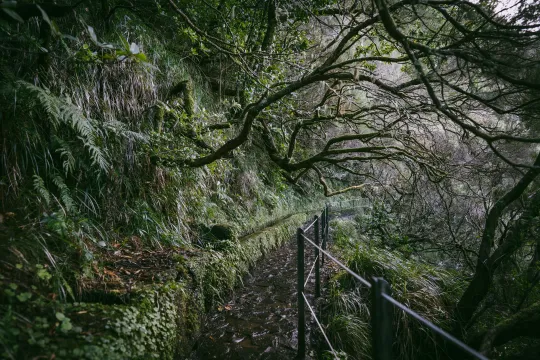Active banners: 1 Visible banners: 1
Banner ID: 25 Has content: true
Join us for the Teaching Economics through Climate – The Snowmobile Business Plan - January 13, 2026 4-5pm ET
How the Emerald Edge Rainforest Could Help Change the World
Provided by: The Nature Conservancy |Published on: May 12, 2023
Articles/Websites
9101112AP
Synopsis
- In this article and accompanying videos, students will learn about the Emerald Edge, it's importance as a climate solution, how Indigenous Peoples are using their rights and relationships to protect it, and how carbon offsets play a role in their continued protection.

Subjects: Biology, Civics, English Language Arts
Authors: The Nature Conservancy
Region: North America
Languages: English
Teaching Materials
Positives
- Two of the videos use a 360-degree view, which is unique and engaging!
- There are many opportunities in this article for extension and further research.
Additional Prerequisites
- It may be beneficial if students have some background knowledge about some of the Indigenous groups mentioned in the article, as well as the importance of nature in their culture.
- Students should have a basic understanding of the carbon cycle, what greenhouse gases are, and the role forests play in the carbon cycle.
- Students should be familiar with the terms sequester, steward, emissions, old-growth forests, deforestation, and hectare.
Differentiation
- Economics classes can discuss carbon offset credits and social studies classes can discuss and further research the cultural importance this region has for Indigenous Peoples.
- Students can make a list of the many benefits of the Emerald Edge and categorize these benefits into those that were intended, such as sequestering more carbon, and those that are "downstream" benefits, such as economic benefits for the Indigenous Peoples.
- Civics classes can research and discuss the agreements made between the First Nations and the government and discuss the idea that nature and other species should have the right to exist.
- Students can discuss the difference between new-growth and old-growth forests and their ability to sequester carbon, highlighting that the conservation and preservation of old-growth forests are most important.
- History classes can study the War in the Woods and create a timeline of important events that are mentioned in the article, as well as the cause and effect relationship of these events.
- After watching the first video, students can discuss the importance of cedar to the culture of the Tla-o-qui-aht First Nation and make a list of the uses mentioned in the video.
- Students can create a map of the Emerald Edge, marking specific places that were talked about in the article and the videos.
- Multilingual learners and/or students who struggle with auditory processing may benefit from slowing the video's playback speed and/or utilizing the closed captioning function on the videos.
- Students with low reading comprehension may benefit from reading this article as a class or using a graphic organizer to organize the key details of the reading.
Scientist Notes
Teaching Tips
Standards
Resource Type and Format
About the Partner Provider

The Nature Conservancy
The Nature Conservancy is a global environmental nonprofit working to create a world where people and nature can thrive. The Nature Conservancy has grown to become one of the most effective and wide-reaching environmental organizations in the world.
All resources can be used for your educational purposes with proper attribution to the content provider.



